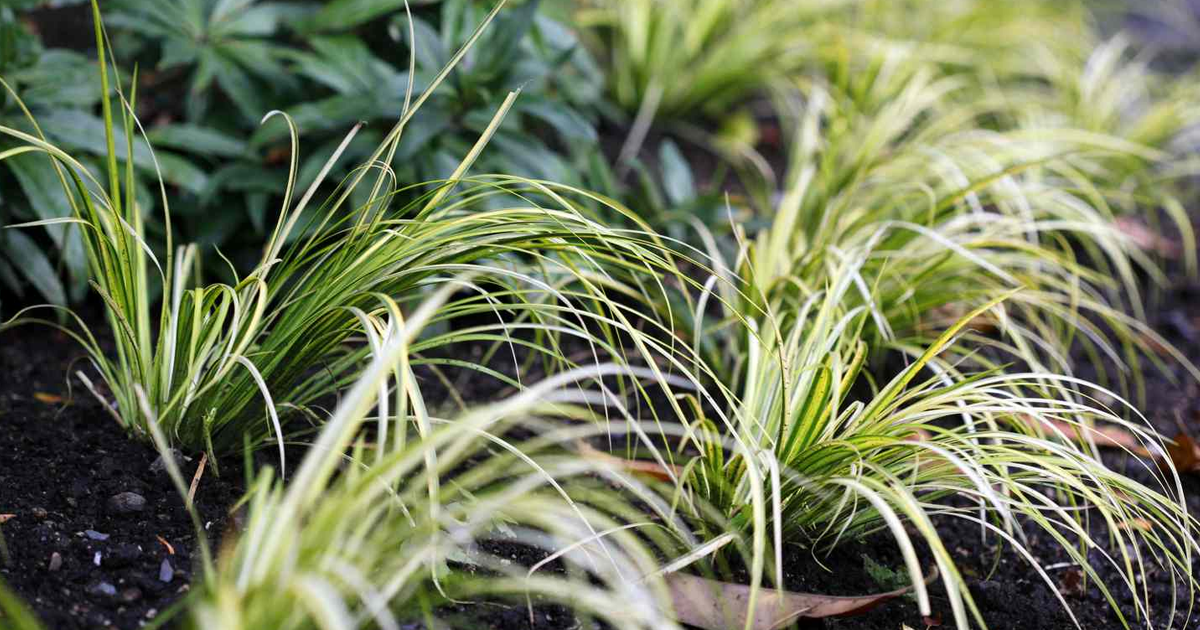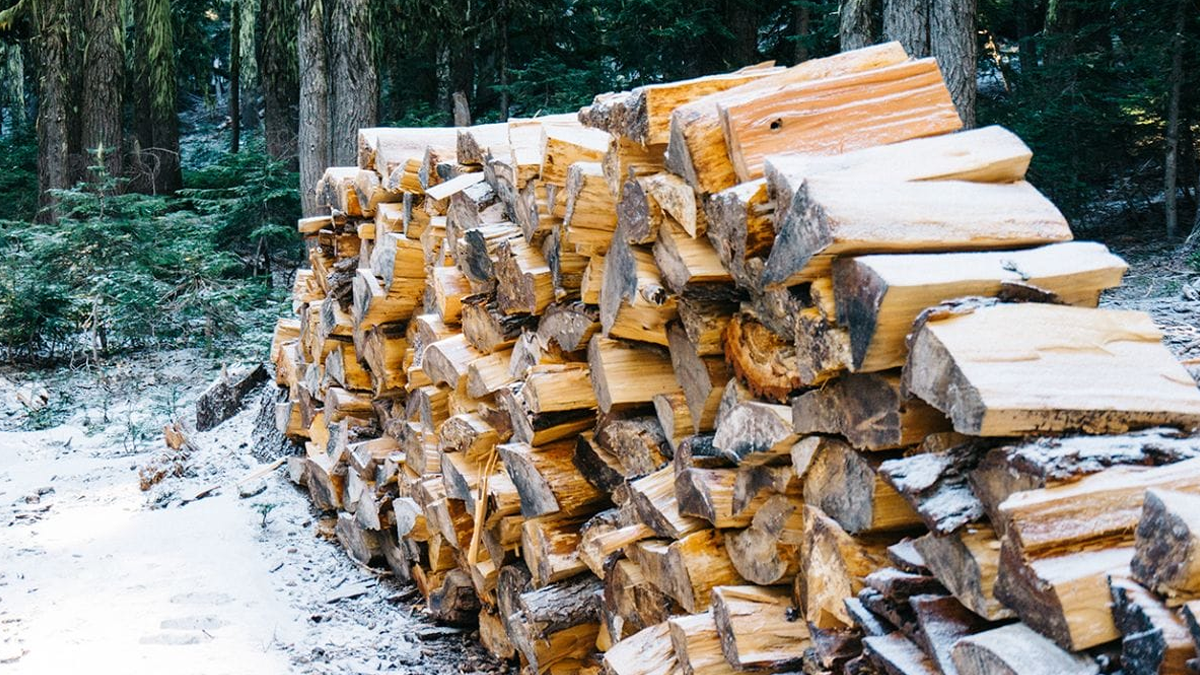
Cattails, scientifically referred to as Typha, are tall, reed-like plants that cover large areas of wetlands, marshes, and along the edges of ponds. Typha can be of advantage to an aquatic ecosystem in providing habitat for wildlife and enhancing water quality, but they also may become invasive and crowd a pond, eventually reducing the open water areas. Cattails are in fact rather important to the balance in a pond environment. Herein, learn tips and methods for controlling cattails in your pond.
Understanding Cattails
Before we discuss control methods, it’s good to have an understanding of how cattails grow and function in the ecosystem. Cattails reproduce by seed and rhizome (underground stem). Cattails prefer shallow water, but they can be found at depths up to three feet. When cattails become established, they often form dense stands thus shading-out all other vegetation, causing an ecosystem imbalance of your pond.
The simple way to control cattails is by manual removal of the plants by processes such as cutting, digging, or pulling out of the water body.
1. Cutting:
The cutting of cattails at or slightly below the water surface may be carried out using a sharp, firm tool, such as a sickle or an Aquatic Weed Cutter. Cutting is excellent when repeated during the growing season so as to use up the plant energy that is stored in the rhizome.
Digging Many times, digging the roots of the cattail with a shovel or an aquatic weed rake may be necessary to remove the whole plant and rhizomes. Although fairly labor intensive, this option will prevent regrowth.
2. Pulling:
In small waters, cattails can be physically pulled by hand. Wear protective gloves and waders. Pull the plant material from the base so as to acquire the rhizomes as well.
Chemical Control
Herbicides are a good option to control cattails in larger ponds where manual control is not practical. Still, proper herbicide choice and application that minimizes environmental impact from the application is critical.
1. Selecting the Proper Herbicide:
Select an aquatic-approved herbicide labeled for use on cattails. The most common application of organic herbicides are glyphosate-based herbicides. Always read and follow the label.
2. Timing of application:
Herbicides should be applied late in the summer or early fall, when the cattails are actively moving nutrients to the rhizomes. This ensures the herbicide will be taken up by the plant and that the entire plant will die, including the rhizomes.
3. Method of application:
It should be applied as a foliar spray directly onto the foliage with a sprayer. Good, uniform coverage is important, but avoid over-spraying to prevent the injury of non-target plants and aquatic life. It might require repeat application to achieve complete control.
4. Biological Control:
Biological control for the management of cattail involves making use of its natural predators or competitive plants. Although in comparison to other methods of control—manual or chemical control—it is slow, this alternative gives sustainable results.
5. Introduce insects that feed on cattails:
Some insects feed on cattails, such as the cattail moth (Limnaecia phragmitella); one can introduce these to help the cattail populations decrease over time. However, this method requires careful monitoring to ensure that the insects do not themselves turn into pests.
6. Introduce Plant Competitive Species:
Native aquatic plants that are competitive with the cattails for resources can be introduced to help in controlling their spread. For example, species like pickerelweed or arrowhead can outcompete the cattails for sunlight and nutrients.
Mechanical Control
Mechanical control involves the use of machinery to cut, dredge, or even rake out cattails. This is effective on larger ponds or in case of severe infestations. They may be costly and require more specialized equipment.
1. Aquatic weed cutters:
These can be machines that have capacity in cutting heavy stands of cattail. These may be either boat or shore operated and are effective for large scale cutting.
2. Dredging:
This is the actual removal of both the sediments and roots of the cattail from the bottom of the pond. It’s the most effective way, although the most invasive and costly. It is usually conducted by professionals using heavy machinery.
Mechanical Methods
1. Raking:
Cattails, along with the attached rhizomes, can be removed with aquatic weed rakes. This means is less destructive than dredging but still only applicable to large scale removal of biomass.
Preventive Methods
Preventing the invasion is the best technique for managing the spread of cattails in the first place. Preventive methods require less time and labor in the future.
1. Regular Monitoring:
Regularly check your pond for the first appearance of cattails. Early detection allows action to be done before the plants are too established.
2. Water Level Management:
Cattails grow best in shallow water. Managing the water of your pond so that the depth discourages large shallow areas can minimize cattail overgrowth. However, this technique cannot be used with many ponds.
3. Barrier Installation:
Physical barriers such as pond liners or subaqueous fencing may be erected to prevent further cattail expansion in specific parts of the pond. Barriers should be installed to a depth at which growth from below by rhizomes would be curtailed.
Integrated Pest Management (IPM)
Is an approach to cattail management that includes several control techniques for an integrated cattail management strategy. The integration of manual, chemical, biological, and mechanical control methods will allow you to reduce the population of cattails in the area with the least effect on environmental quality.
1. Assessment and Planning:
The use of appropriate surveying and mapping techniques will allow for a proper assessment of the cattail extent and the development of a management plan. Take into consideration the size of the pond, the depth of the water, and the vegetation around it.
2. Combination of Methods:
Apply more than one type of control method in combination, depending on the situation. For example, perform mechanical works first and then apply herbicide to prevent regrowth.
3. Monitoring and Adaptation:
Monitor the performance of your control plan and, where necessary, make the resulting adjustments. This allows you to correct your methods ahead of time, thus preventing the beginning of new infestations.
Conclusion
Proper management of growing cattails in a pot in your pond is going to require a multifaceted and continuous effort. By understanding cattail biology and using the many types of control available including manual, chemical, biological, mechanical, and integrated methodologies you will be able to manage cattail populations so that your pond system can stay in balance. You will have to keep monitoring and taking preventive measures if need be, and again the success to long term is staying on top of things. Always consider the environmental impacts of your control methods and strive for solutions that are sustainable and eco-friendly.







